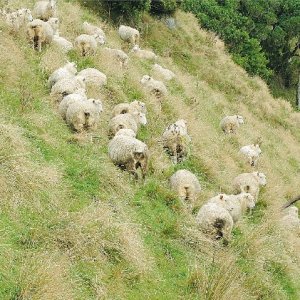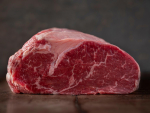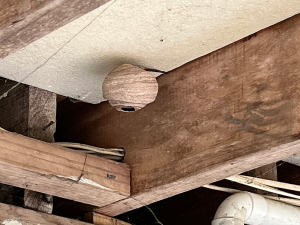Marshall says some animal health issues often get overlooked, but if animal health is managed well the quality of the wool clip can be improved. Problems such as wool break and cotting, dermatophilosis, flystrike and lice are preventable and can be mitigated against with good management.
Wool break, or fleece tenderness, is caused by poor nutrition, parasitism and pregnancy. All these divert energy away from wool growth.
"Nutrition is obviously a major factor," Marshall says. "If you feed your sheep well when the wool is growing naturally fast in summer then you are going to get the biggest response. With parasites, energy is again diverted away from wool growth and again with pregnancy a ewe's energy is being diverted into feeding the foetus."
A good drenching programme is important, as is making sure ewes identified at scanning as carrying twins are 'preferentially fed' especially in the latter stages of pregnancy. Farmers should do a feed budget so they know what to expect later in the year and if there is an adverse event be prepared to deal with it.
Marshall points out that back in the 1980s it was estimated fleece tenderness (wool break) cost the industry at least $100 million. A pre-lambing drench for ewes, if required, is one way of mitigating against wool break.
Dermatophilosis or 'lumpy wool' can lead to wool damage and loss. It is caused by a bacteria that gains entry when the wax layer on the wool is compromised. A 'wetting event' such as prolonged rainfall or dipping predisposes sheep to this. Best to try to prevent this by including zinc sulphate in dips where possible, or treat if an outbreak occurs.
Also markedly affecting wool production is flystrike, usually in wetter, warmer regions during summer. Preventing fly strike must be a high priority, Marshall says.
"There is a risk of high morbidity and mortality if a flystrike problem is left uncontrolled. As well as problems it causes to the animal it will affect wool production and quality. With flystrike a sheep takes some time to recover because it has to deal with the damage to the hide and re-grow its wool."
Flystrike also harms reproduction. "A lot of flystruck sheep don't get in lamb. Vets and farmers note that at scanning time they often see dry ewes coming through with evidence of flystrike." Once a farm has flystrike, the 'horse has bolted' to some degree, Marshall says.









